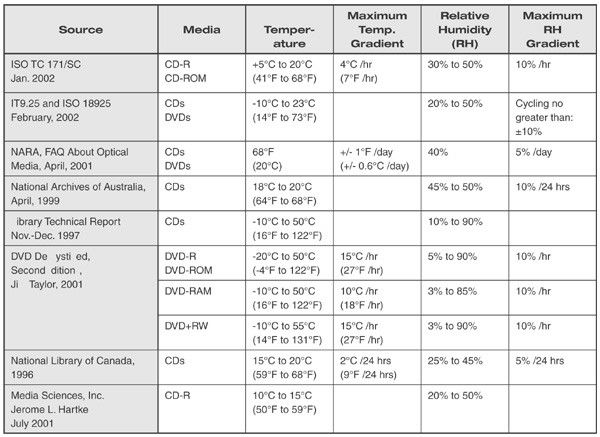5 Reports That Affect The
Post on: 14 Май, 2015 No Comment

Currency traders are always seeking information that will provide insight into whether the value of the dollar is set to rise or fall. Just as there are a variety of indicators that stock traders use to track the health of the companies in which they invest, there are a variety of economic reports that provide insight into the future direction of the value of the dollar. (For more indicators, read The Fundamentals Of Forex Fundamentals . )
The trade balance report, which is jointly produced by the Bureau of Economic Analysis (BEA) and the U.S. Census Bureau. provides insight into import and export activity. The indicator within the Trade Balance Report that is most well known is the nominal trade deficit. which represents the current dollar value of U.S. exports minus the current dollar value of U.S. imports. When imports exceed exports, the nation is said to have a trade deficit. When the reverse is true, the nation is said to have a trade surplus .
A trade deficit is bad news for the dollar, as it means foreign goods are in demand. Those goods are ultimately purchased with foreign currency which creates a higher demand for foreign currency. A trade surplus, on the other hand, means that foreign consumers are buying more American goods. This results in demand for the dollar. The trade balance report is released approximately six-weeks after the end of the month it references (on or about the 15th of the month) at 8:30 A.M. Eastern Standard Time and covers the two prior months. (For more information on imports and exports, see What Is The Balance Of Payments? )
Nonfarm Payroll
Gross Domestic Product
Gross domestic product (GDP) tracks the monetary value of all the finished goods and services produced within a country’s borders in a specific time period. It is used as a measure of the nation’s health. Similar to the nonfarm payroll number, if GDP is rising, interest rates tend to rise. Higher interest rates attract foreign investors and the dollar tends to rise. If GDP is falling, the dollar tends to fall. The Bureau of Economic Analysis releases GDP data at 8:30 AM Eastern Standard Time on the last day of each quarter. (For more information, read The Importance Of Inflation And GDP . )
Retail Sales
Retail sales is an aggregated measure of the sales of retail goods over a stated time period. Strong sales suggest a strong economy, while weak sales suggest a weak economy. Here again, strength in sales equates to strength in the dollar.
The Retail Sales Report is compiled and released by the Census Bureau and the Department of Commerce on a monthly basis. The report covers the previous month, and is released about on or about the 13th of the month at 8:30 AM Eastern Standard Time.
Industrial Production
Industrial production figures are based on the monthly raw volume of goods produced by industrial firms such as factories, mines and electric utilities in the United States. Also included in the industrial production figures are the businesses of newspaper, periodical and book publishing, traditionally labeled as manufacturing. The industrial production data usually reflect similar changes in overall economic activity, so strong industrial production figures are a bullish sign for the dollar and weak data is a bearish sign. The Federal Reserve Board releases industrial production figures on or around the 16th of each month at 9:15 AM Eastern Standard Time. The data covers the previous month. (To learn more about the retail sales report, industrial production data and other indicators, see Using Coincident And Lagging Indicators . )
B eyond the Indicators
Overseas developments also come in the play, as factors such as a strengthening euro or a decrease in foreign reserves (dollars held by foreign countries) are bad for the dollar while instability in foreign nations is good for the dollar. With such a large number of diverse factors playing a role in the value of the dollar, investors have plenty of data to consider when investing in currency. (For more on the dollar, see The U.S. Dollar’s Unofficial Status as World Currency .)














